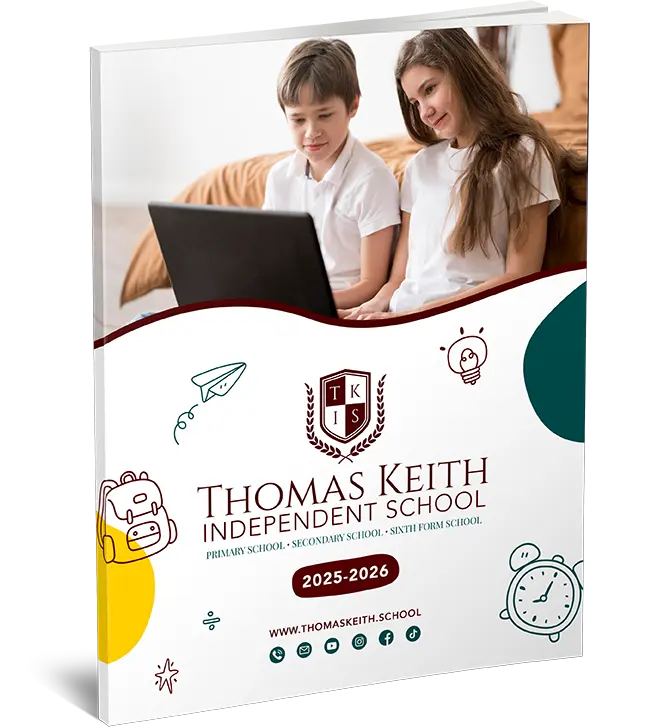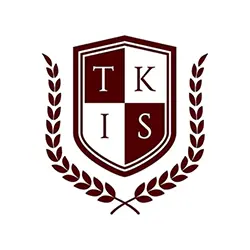Standard English KS2 is vital to the Key Stage 2 English curriculum. It equips students to communicate clearly and effectively, both in writing and speaking. Mastering Standard English KS2 helps children become confident communicators, ensuring they are well-prepared for formal situations, academic assessments, and future career opportunities. This article explores what Standard English KS2 means, its importance, and how it is taught in schools. We will also provide an example of how Thomas Keith Online Independent School incorporates Standard English KS2 into its lessons.
What is Standard English in KS2?
At its core, Standard English KS2 refers to the version of English that is widely accepted as the norm for formal communication. It is the form of English that is expected in professional settings, exams, and other academic situations. Standard English KS2 includes the use of proper grammar, vocabulary, sentence structure, and punctuation. At KS2, students are expected to:
- Understand and use correct grammar, punctuation, and spelling.
This includes knowing how to form correct sentences, use verbs and tenses properly, and place punctuation marks where they are needed. Students must also recognise the importance of accurate spelling to communicate their ideas. - Recognise the difference between formal and informal language.
Standard English KS2 also involves understanding when to use formal language and when informal language is appropriate. While casual language and slang are common in everyday speech, in formal writing and speaking situations, such as exams, reports, or interviews, Standard English KS2 is expected. - Write and speak appropriately for different contexts.
Students should be able to use Standard English KS2 to write essays, reports, and stories, as well as engage in formal presentations and discussions. This helps them convey their ideas clearly and makes them confident in academic and professional environments.
Why is Standard English Important at KS2?
Learning Standard English KS2 is not just about following rules; it plays a significant role in the development of essential communication skills that are needed throughout life. Here are some reasons why Standard English KS2 is important:
- Effective Communication
One of the primary reasons for learning Standard English KS2 is that it ensures clarity in both written and spoken communication. Without a solid understanding of grammar, punctuation, and sentence structure, it can be difficult to convey ideas in a way that others understand. Whether students are writing a short story or giving a presentation, Standard English KS2 helps them express their ideas in a clear and organised manner. - Builds Confidence
Mastering Standard English KS2 helps students feel more confident when they write, speak, or participate in discussions. It prepares them for formal situations such as exams, interviews, and public speaking engagements, which require a more polished use of language. Students who understand Standard English KS2 are also more likely to perform well in assessments and assignments that require formal writing. - Understanding Context
Standard English KS2 also teaches students when to use formal language and when informal language is acceptable. Knowing the difference between formal and informal contexts helps students navigate social and academic situations. This understanding is crucial as students progress through their education and enter the workforce, where different types of communication will be required in different settings.

How is Standard English KS2 Taught in Schools?
Teaching Standard English KS2 involves a variety of strategies and activities aimed at developing students’ grammar, vocabulary, writing, and speaking skills. Below are some of the key ways that Standard English KS2 is taught in schools:
- Grammar Lessons
Grammar lessons form the foundation of learning Standard English KS2. These lessons focus on sentence structure, verb tenses, subject-verb agreement, and the correct use of punctuation. Through these lessons, students are encouraged to use the correct form of English in their writing and speaking. - Writing Practice
Writing assignments and exercises are an important part of teaching Standard English KS2. Students practice writing stories, essays, reports, and other types of texts, focusing on using correct grammar, punctuation, and spelling. Teachers often provide feedback to help students improve their writing skills and correct errors. - Speaking Activities
Speaking is just as important as writing when it comes to Standard English KS2. Students practice using formal language through role-play exercises, presentations, and class discussions. These activities help students build confidence and get used to speaking formally when required. Role-playing scenarios and discussions also encourage active listening and speaking, ensuring students can express themselves clearly and respectfully. - Reading
Exposure to high-quality texts that use Standard English KS2 is essential for helping students understand the nuances of the language. Reading classic literature, nonfiction texts, and other well-written materials allows students to see Standard English KS2 in action and learn how it is used to convey meaning effectively. Teachers use these texts as examples to highlight the use of correct grammar, punctuation, and vocabulary.
Example: How Thomas Keith Online Independent School Incorporates Standard English KS2
At Thomas Keith Online Independent School, Standard English KS2 is integrated into every aspect of the curriculum. The school recognises the importance of Standard English KS2 for students’ overall academic success and takes a comprehensive approach to teaching it. Here’s how:
- Interactive Lessons:
Students engage with digital tools and interactive lessons designed to improve grammar, writing, and speaking skills. These lessons provide immediate feedback and help students track their progress, allowing them to refine their use of Standard English KS2 over time. - Tailored Feedback:
Teachers at Thomas Keith Online Independent School provide individualised feedback on assignments and activities, helping students correct errors and develop their language skills. This personalised approach allows students to focus on areas that need improvement and receive guidance on how to enhance their use of Standard English KS2. - Engaging Resources:
Lessons incorporate a wide variety of resources, including videos, texts, and interactive exercises that demonstrate the use of Standard English KS2 in different contexts. These resources are designed to be engaging and relevant to students, helping them see how Standard English KS2 is used in real-life situations. - Live Classes:
During live sessions, students practice speaking in Standard English KS2 through discussions, presentations, and Q&A sessions. This allows them to practice using formal language in a supportive and interactive environment.

FAQs
What is the purpose of Standard English KS2?
The purpose of Standard English KS2 is to teach students how to communicate clearly and effectively, preparing them for formal writing and speaking situations in academic, professional, and social contexts.
How can parents help their children learn Standard English KS2?
Parents can support their children’s learning by reading with them, correcting grammar gently during conversations, encouraging writing activities at home, and engaging in discussions that require clear, structured communication.
What is the difference between Standard English KS2 and informal language?
Standard English KS2 uses correct grammar, spelling, and vocabulary, while informal language includes slang, contractions, and regional expressions that are more suitable for casual conversations.
Is Standard English KS2 used in all subjects?
Yes, Standard English KS2 is essential across all subjects, especially in English, history, and the sciences, where students are required to write reports, explain ideas, and follow formal guidelines.
Can online schools teach Standard English KS2 effectively?
Yes, online schools like Thomas Keith Online Independent School use technology and skilled teachers to deliver high-quality lessons that teach Standard English KS2 effectively. Online platforms can offer interactive tools, live sessions, and personalised feedback to support students’ learning.
Conclusion: Your Next Steps in Learning Standard English KS2
Mastering Standard English KS2 is a crucial skill that provides students with the tools they need for academic success and future opportunities. Whether through grammar lessons, writing practice, or speaking activities, learning to use Standard English KS2 helps students communicate clearly and effectively. By focusing on clear communication, schools like Thomas Keith Online Independent School provide students with the foundation they need to thrive academically.
If you’re looking to further enhance your child’s Standard English KS2 skills, consider enrolling them in an online school that offers interactive lessons, personalised feedback, and a comprehensive approach to learning. Start by exploring the curriculum at Thomas Keith Online Independent School to see how it can support your child’s development in Standard English KS2. With the right resources and guidance, your child will be well-prepared for success in their studies and beyond!




